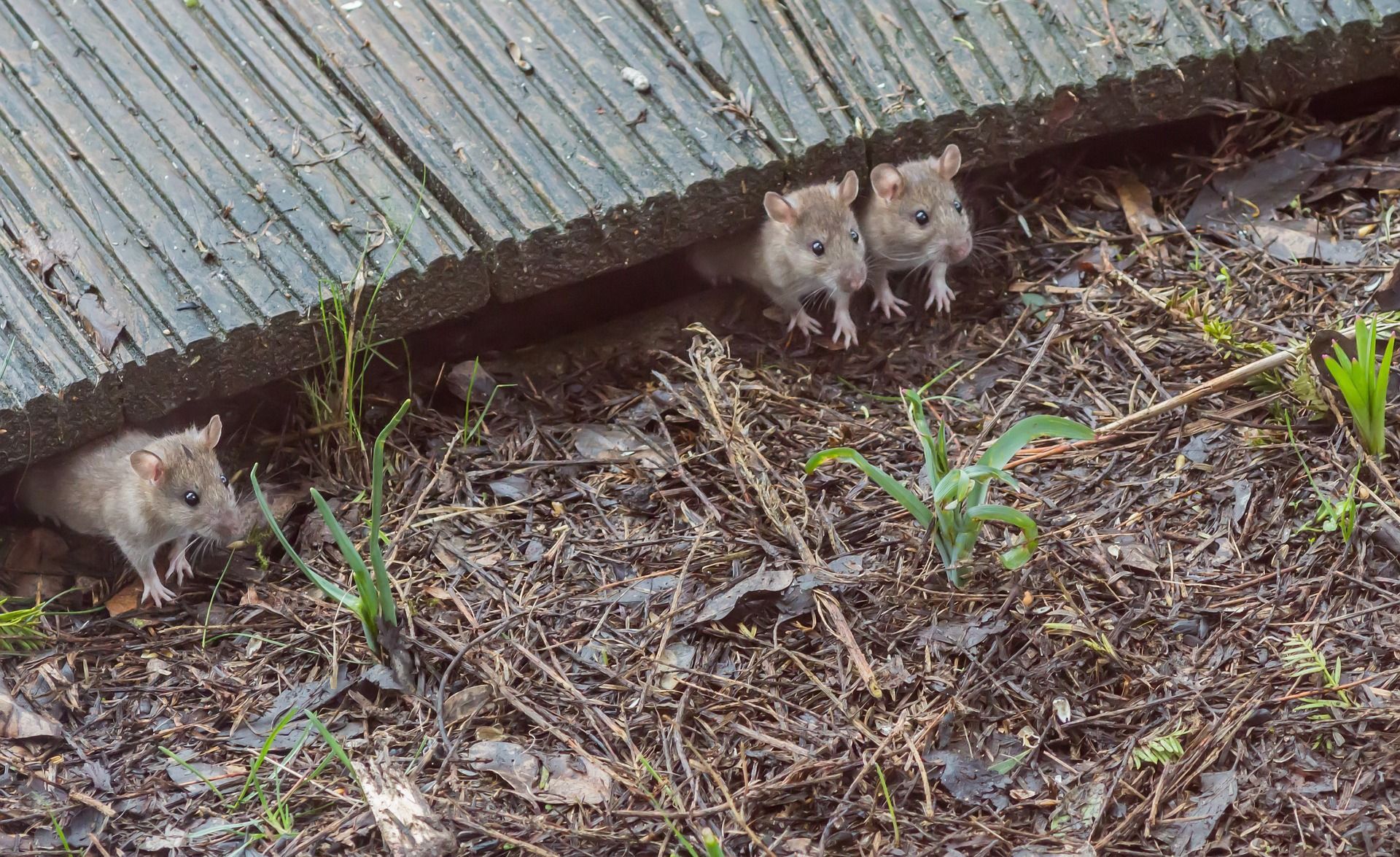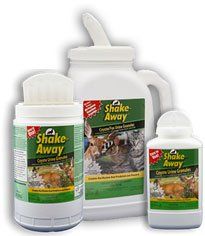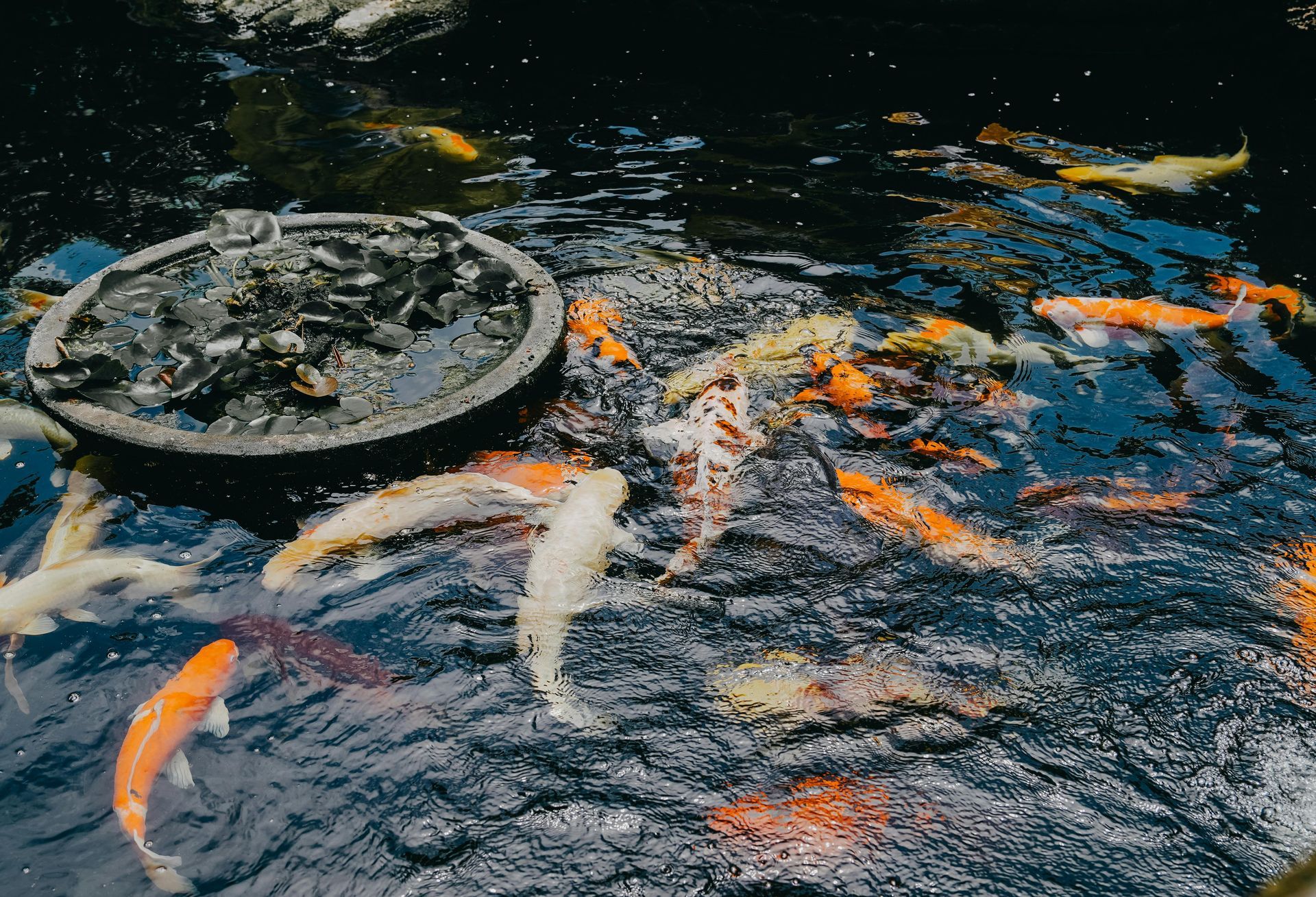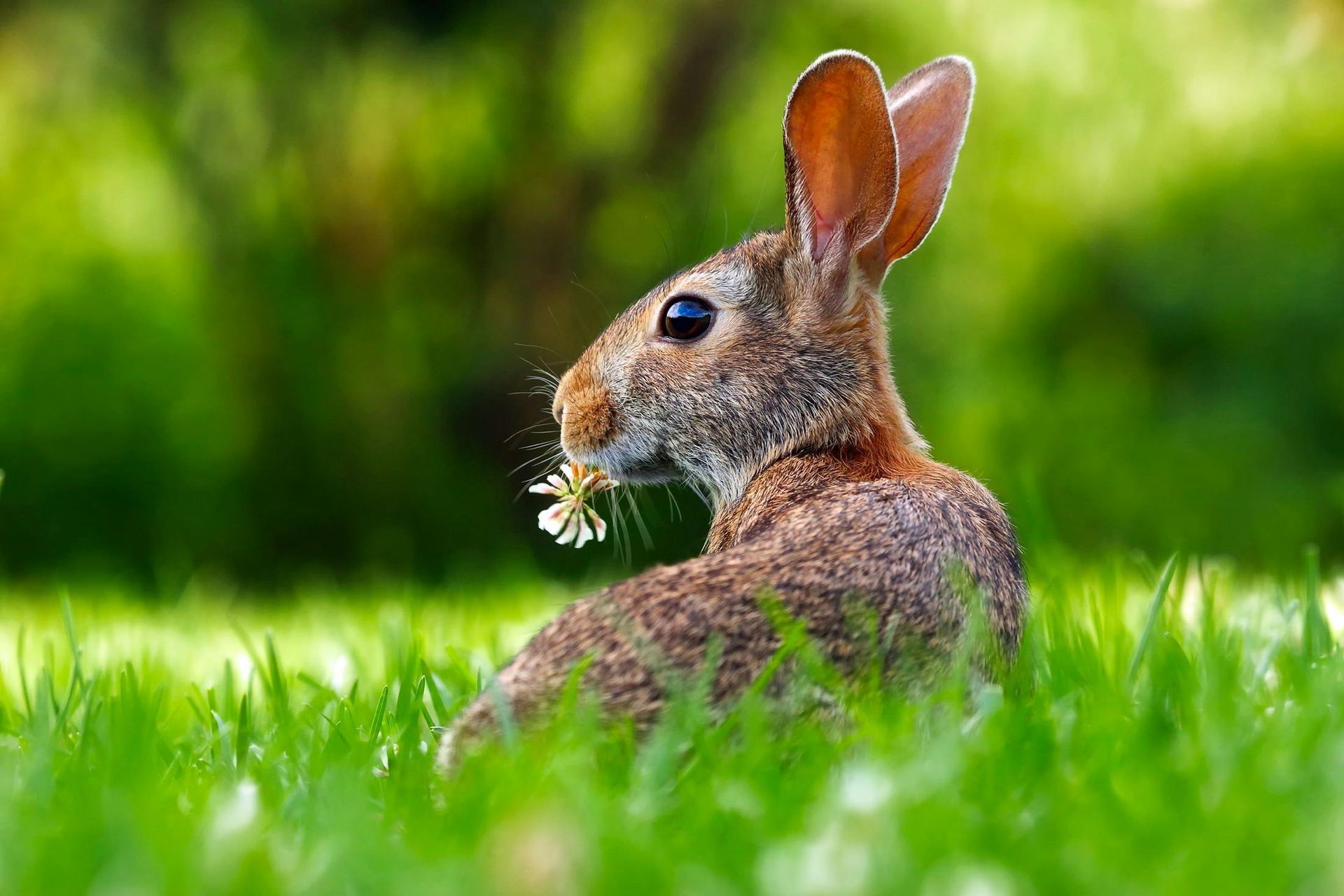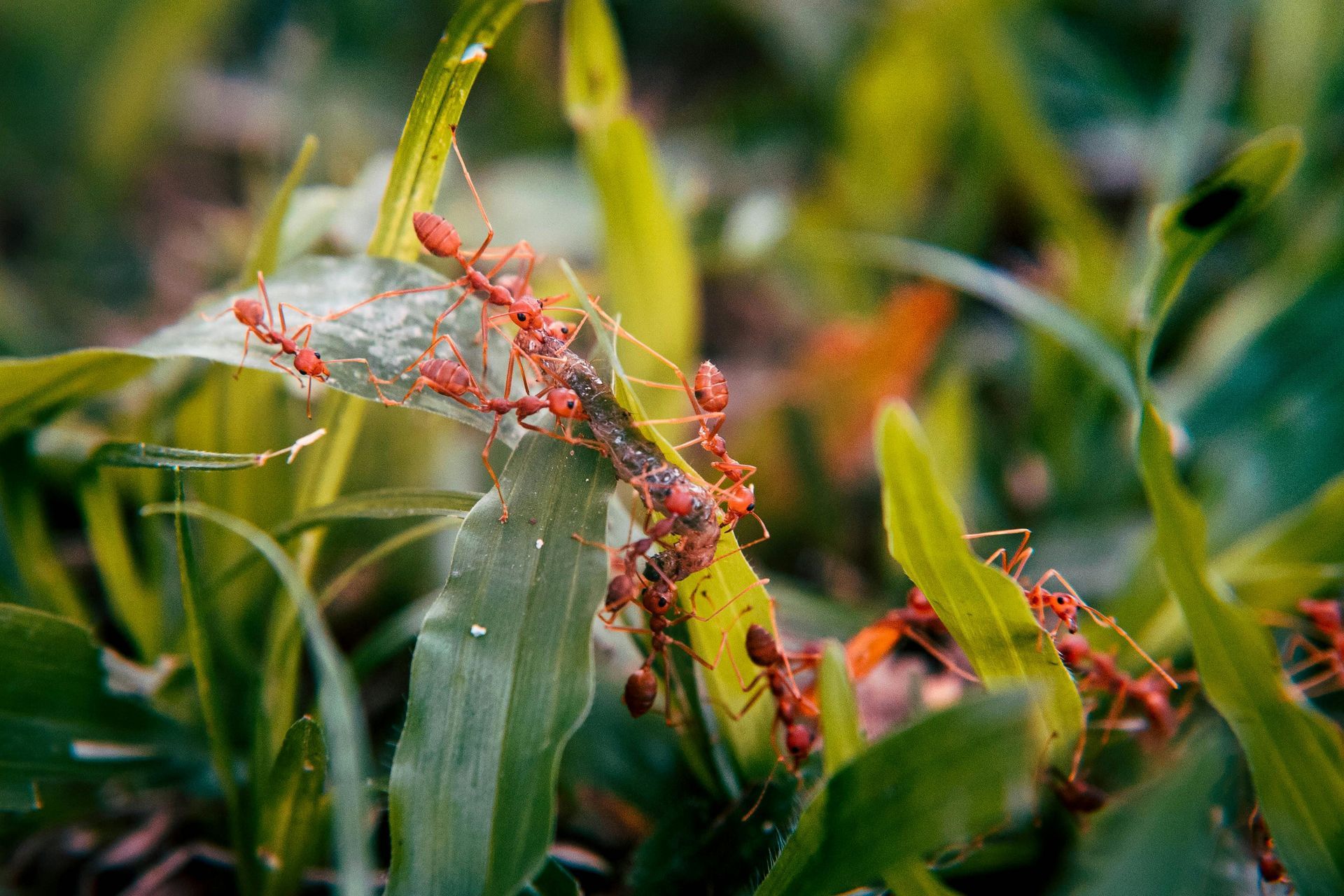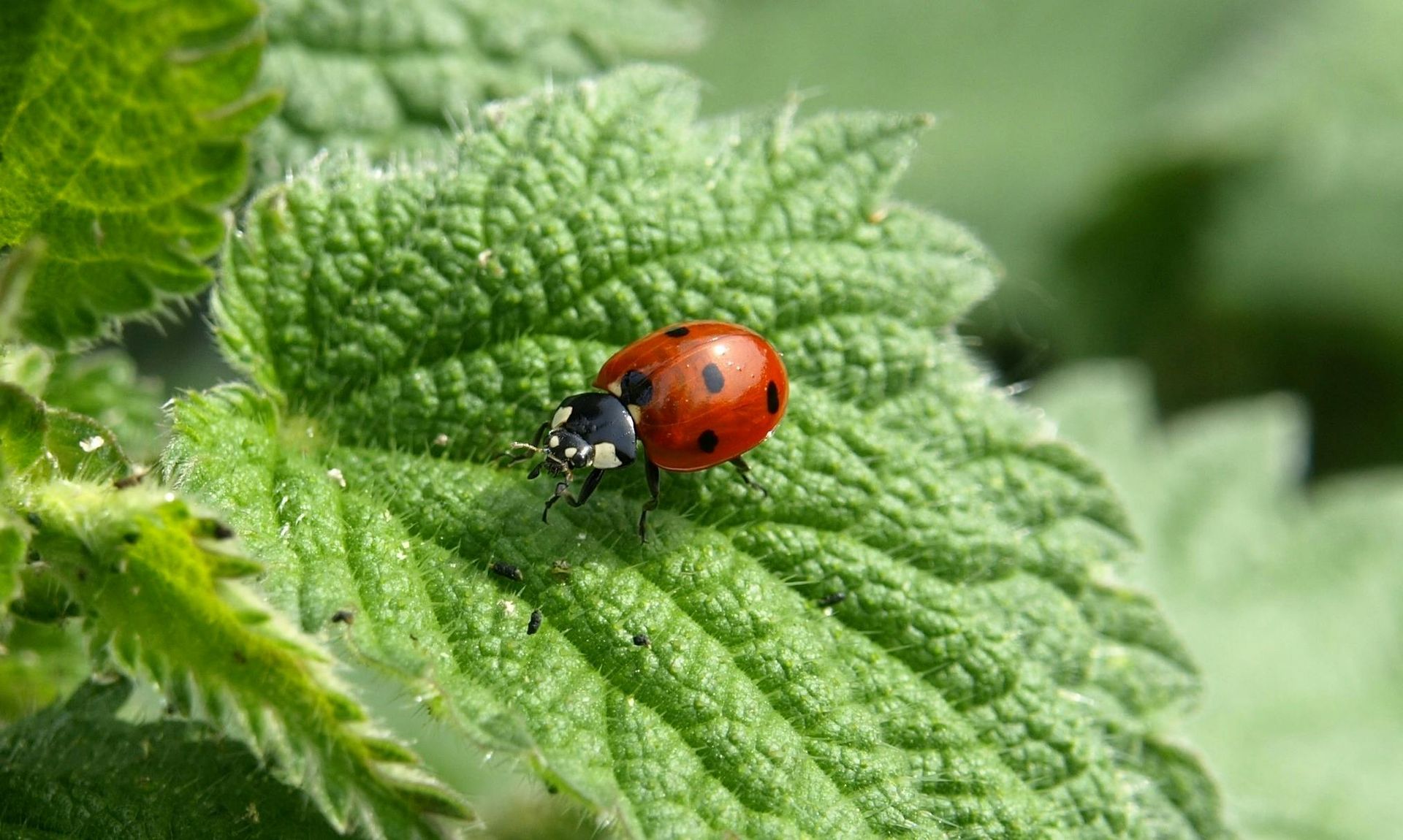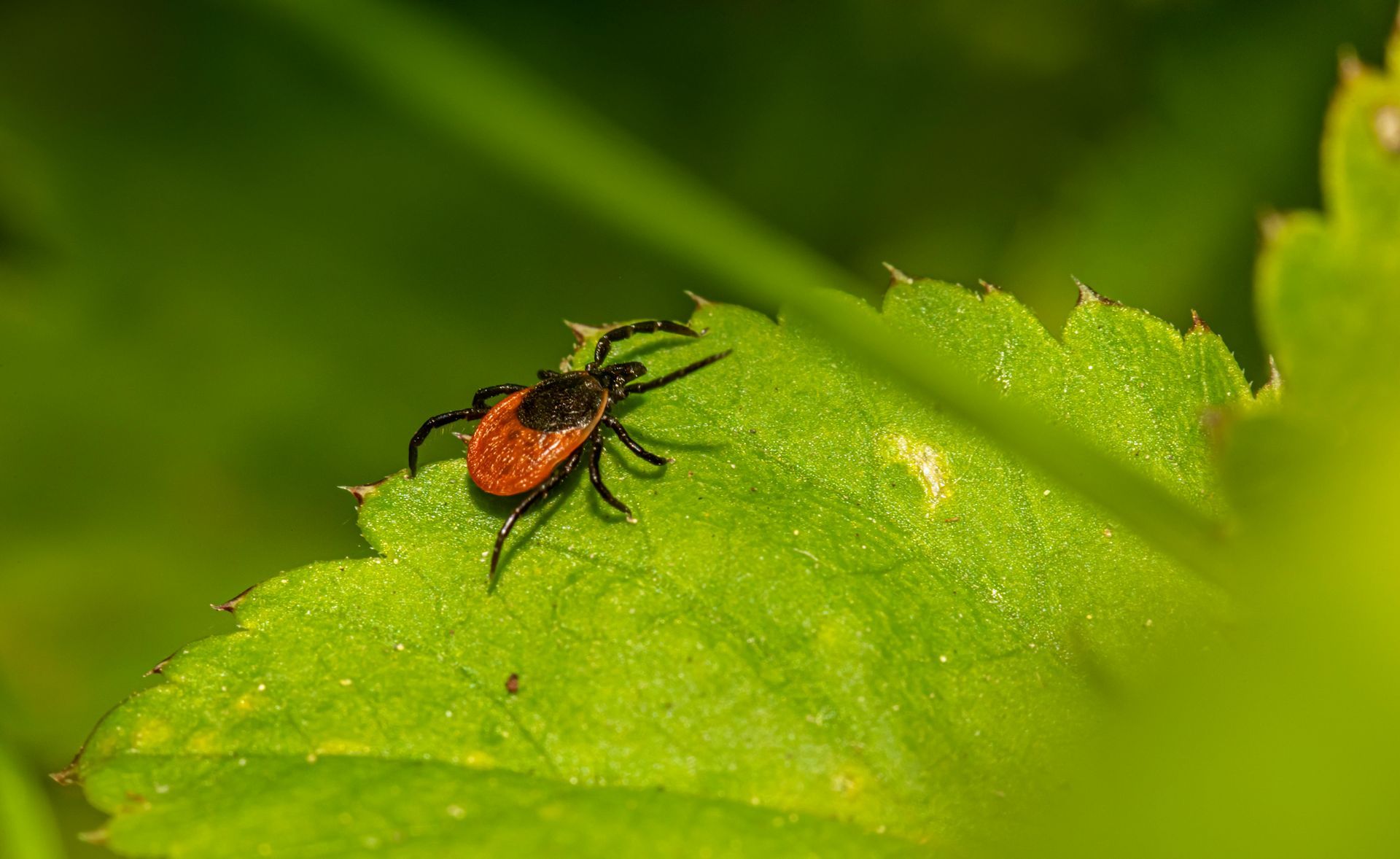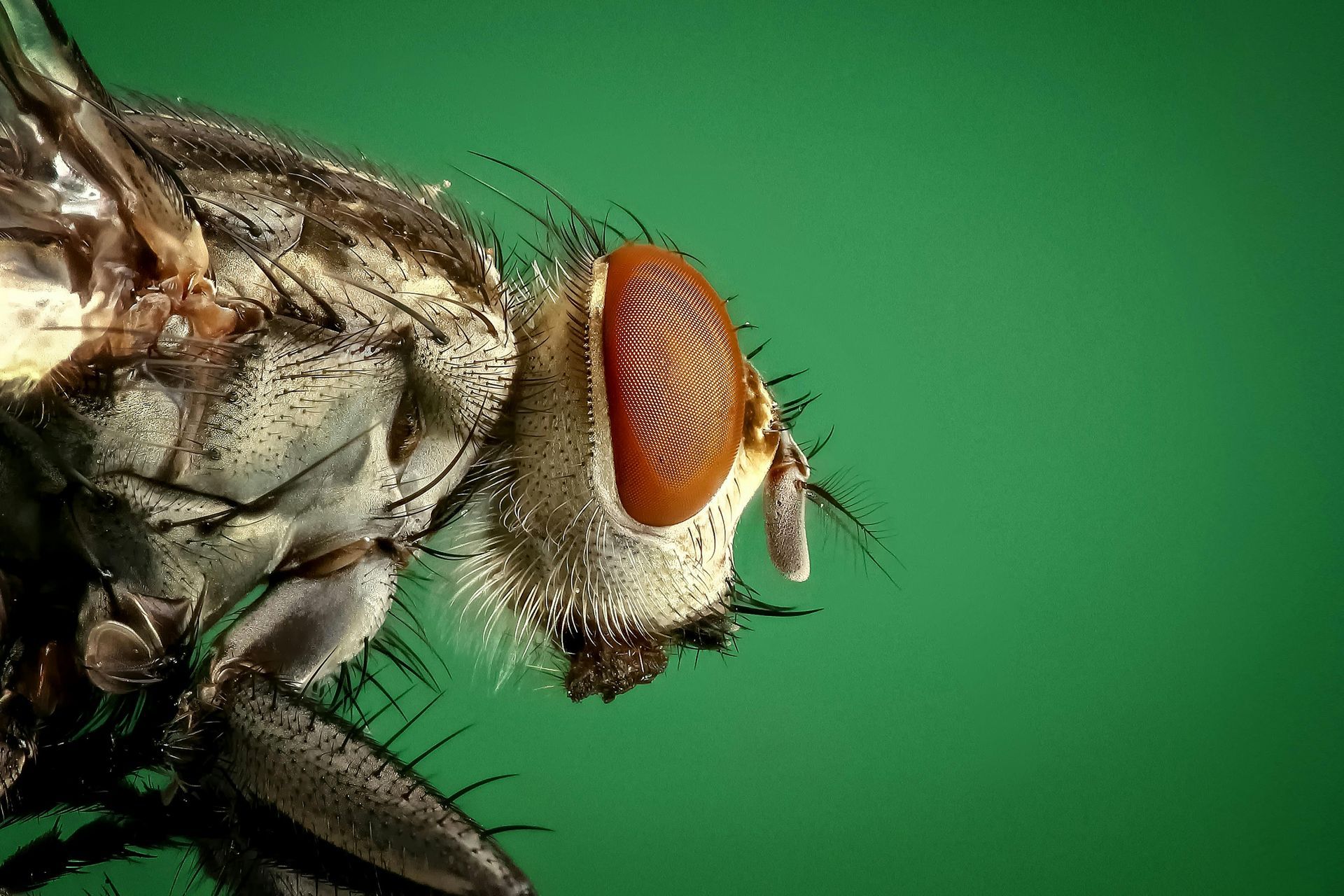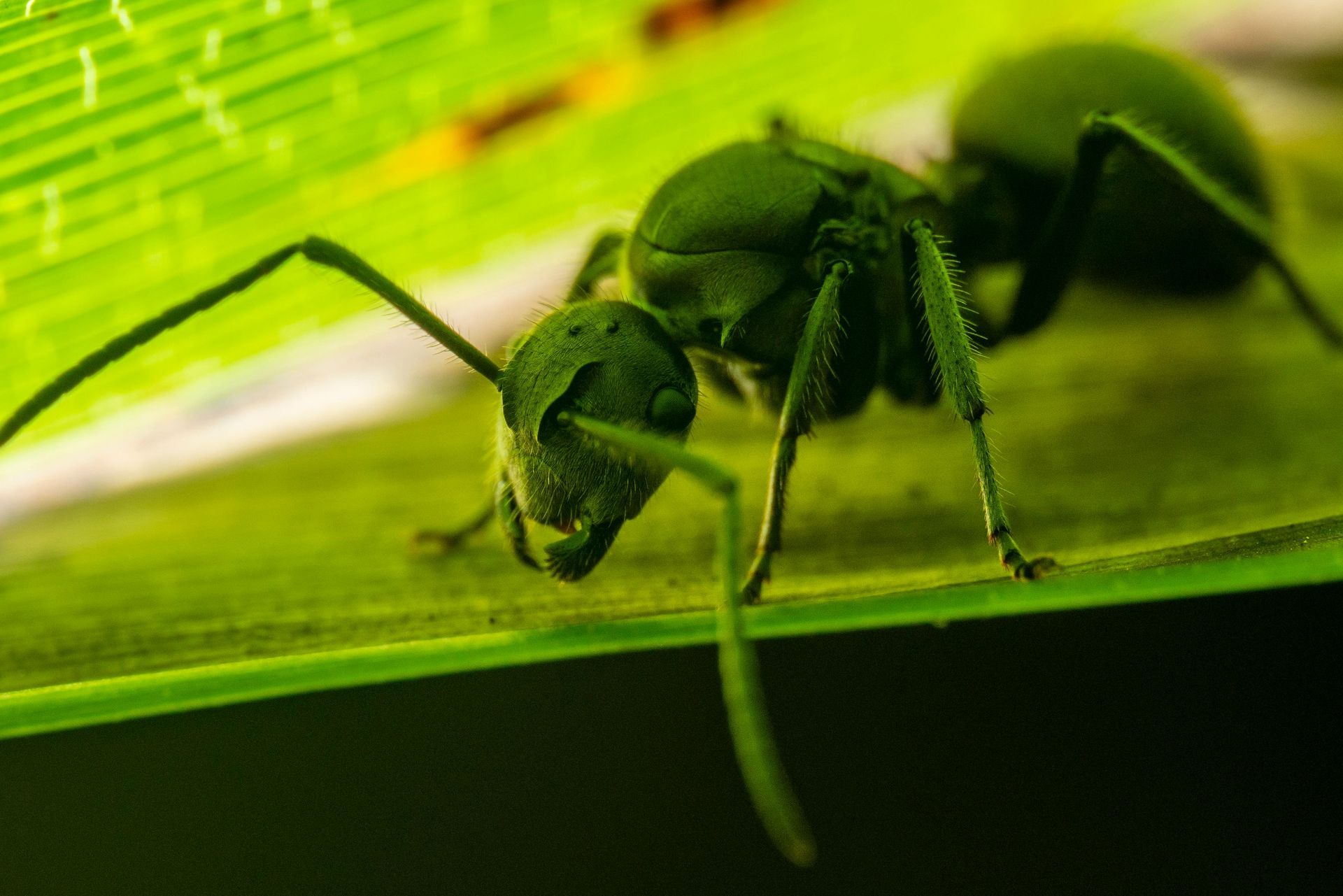Beginner Fall Crops You Can Still Plant to Harvest
Springtime has long passed, but planting season is still here for many easy-to-grow crops!

From roots to hardy greens, the opportunity to plant for the autumn bounty has not yet passed. For the beginner gardener, consider these quick-harvest crops that can be planted today for fall consumption.
Tags: garden pests, autumn crops, beginner gardening, fall harvest
As the strawberry season is falling behind us and other summer favorites like tomatoes and corn really reach their stride, you may be realizing that your autumn crop selection is lacking. The window for planting potatoes may be closed, but there are still plenty of healthy, hardy, and quick crops which you can still plant for this coming autumn season. Whether a seasoned at-home farmer or a first-time gardener, check out these autumn favorites which will happily fill those vacant plots:
Carrots -
While carrot seeds are typically planted earlier in the year for summer harvest, this root vegetable continues to grow after its initial harvest range. Being a key ingredient in many fall dishes, carrots are an easy-to-grow vegetable that yields a delicious orange root and semi-sweet greens that are perfect for adding depth to salads and stocks. With a seed-to-harvest time of between 50 and 75 days, planting rows of carrots in August can produce a crop comfortably by October and early November, making it perfectly viable for a summertime germination date.
Kale - If there is one word to describe kale, it is “hardy”. This beautiful leafy green thrives in cooler temperatures and is typically agreeable with partial-shade growing, though kale tends to prefer bright, direct sunlight. While it may seem to be a while out, it is recommended to plant your kale 6 to 8 weeks before your first frost, but with most aspects of this crop, there is some room for error. Contrary to typical crop preferences, kale has a penchant for being of higher quality when facing colder weather, down to about 10 degrees fahrenheit. These cold conditions will discourage leaf growth, but not nutrient absorption, yielding smaller, more flavorful plants when harvest time does come around. If you have an early fall or winter on the horizon, plant kale!
Leeks -
Looking for onions but not yet ready to face the challenge? Try growing leeks! Though they have a longer growing period than carrots, leeks are a low maintenance crop which take about 10 weeks to grow. If a leek is planted in mid-August they will be ready for harvest in November and can continue to grow into December. Leeks are perfect for adding an allium flare to any fall dish, but are featured in autumn favorite potato leek soup and are often featured in Asian cuisines. Much like kale, leeks will prefer lots of direct sunlight, but can be grown in partial-shade as well.
Lettuce -
There are many different varieties of lettuce which you easily grow at home, but among the hardiest are Bibb and leaf lettuce. Both of these varieties are especially crisp and quick-to-grow. With lettuces typically taking only 60 days to reach harvest size, growing your own salads is one of the most fulfilling garden projects you could undertake. Although a little more particular than other crops on this list, once planted in full-sun, lettuce is a low maintenance plant which prefers temperatures of late summer and early fall, as it can become exhausted in the high heat of peak summer months.
The one factor for which even seasoned gardeners can fail to plan is perhaps the biggest threat to your fall harvest – pests. While they are amongst the easiest crops to grow, plants which boast sweet leafy greens are the most targeted by rodents and deer, making it imperative to protect your autumn crops with Critter-Repellent. A 100% natural and non-toxic product, Critter-Repellent uses animals’ natural aversion to predators to keep your garden safe. To learn more about the Critter-Repellent family of products, check out our products page.
Critter Repellent All Natural Animal Repellent Blog
